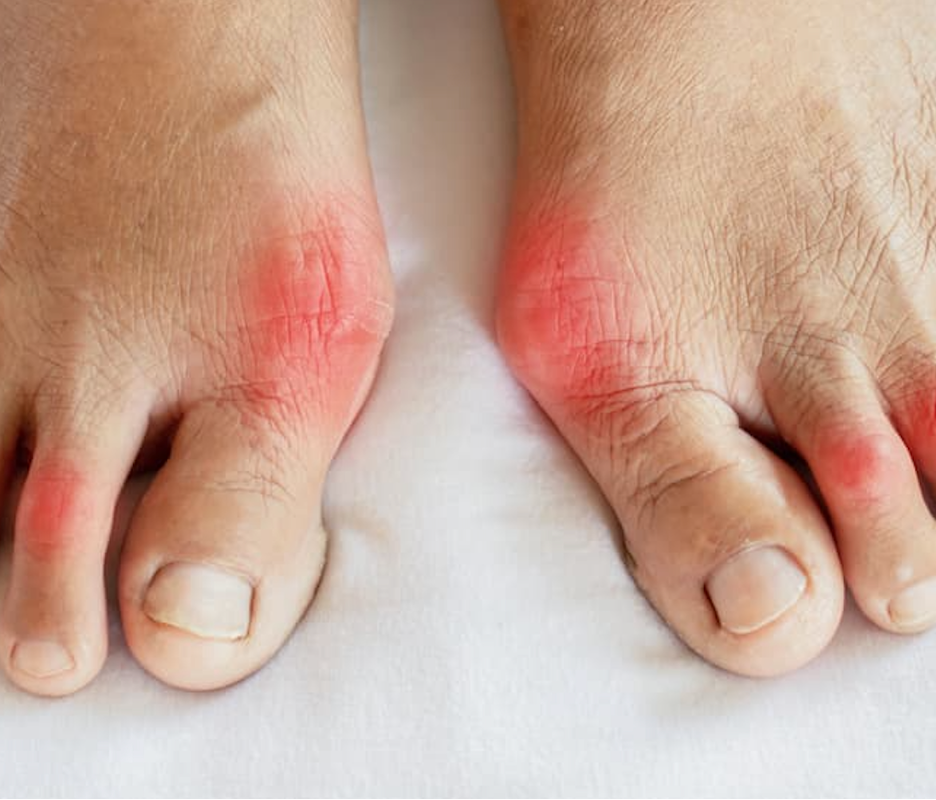News
Article
Low Purine Diet Lowers Uric Acid in People With Gout
Author(s):
Patients also experienced a substantial decrease in systolic blood pressure and diastolic blood pressure.
Credit: Adobe Stock

Low-purine diets (LPDs) had a protective role on serum uric acid (sUA) in patients with gout and potentially other disease factors.1
“We have demonstrated that the improvement of serum uric acid level with gout patients has been recorded after a 2-week low-purine diet, especially overproduction type. We speculate that there is potential influence of clinical classification on the response to LPD in patients with primary gout, but the mechanisms deserve further investigation,” lead investigator Zhaoying Chen, Department of Endocrinology and Metabolism, The Affiliated Hospital of Qingdao University, and colleagues wrote.1
Chen and colleagues conducted a single-center prospective clinical study of patients with gout treated at the Shandong Gout Clinic Center at the Affiliated Hospital of Qingdao University, China from 2019 to 2022. Participants were assigned to 3 groups according to clinical subtypes and were enrolled and treated with a 2-week low-purine diet. They were evaluated before and after the diet for general characteristics, sUA and other clinical biochemical variables before and after the diet were evaluated.
The study included a total of 626 gout patients with a mean age of 41.20 years (standard deviation, 13.41 years) who were mostly male (98.0%). Of these, 69 (11.0%) had overproduction type disease, 428 (68.37%) had underexcretion type disease, and 129 (20.61%) had combined type disease.1
The investigators found that overall, patients experienced a substantial decrease in sUA after a 2-week LPD (P <.001). In addition to sUA, patients also experienced statistically significant decreases in systolic blood pressure (SBP), diastolic blood pressure (DBP), body mass index (BMI), serum alanine aminotransferase (ALT), serum aspartate aminotransferase (AST), serum triglycerides (TG), serum total cholesterol (TC), blood urea nitrogen (BUN) and serum creatinine (Scr) levels (P < 0.05) from baseline after 2 weeks on LPDs.1
Notably, there were significant differences in the reduction of sUA among different types, with the highest reduction occurring in patients with overproduction type (− 88.81; standard deviation [SD], 63.01 μmol/L), followed by combined type (− 65.22; SD, 44.13 μmol/L), and underexcretion type (− 57.32; SD, 61.19 μmol/L). These differences remained significant after adjusting for age, BMI and baseline sUA and Estimated glomerular filtration rate (eGFR). Additionally, higher baseline sUA (95%CI, − 0.285 to − 0.191; P <.001) and blood urea nitrogen (95%CI, − 6.751 to − 0.602; P <.001) were correlated with a greater decrease of sUA.1
“An observational study found that a strict purine-free diet will reduce the sUA by 15–20%. However, it is difficult to stick to a strict purine-free diet for a long time. Moderate intake of purine rather than a strict purine-free diet may improve patient compliance and help to reduce uric acid2,”Chen and colleagues concluded.1 “Unfortunately, there are few studies on low-purine foods at present, including the mechanism and function of processing technology, the interaction between nutritional components, and the removal method of food purine, etc. Actively carrying out research in this area will improve the quality of life of patients with hyperuricemia and gout, improve patient compliance and the effect of dietary intervention, which has important medical significance.





